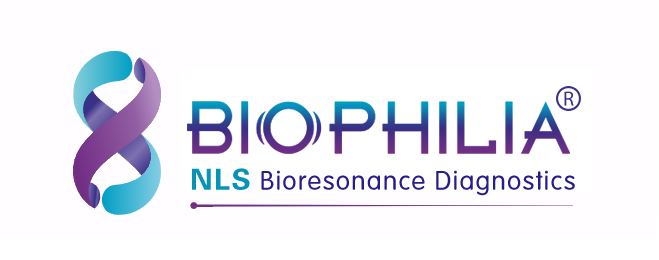Biophilia Tracker X4 MAX for Pancreatic Disease
- Russell
- July 07, 2023
- 1021
- 0
- 0
MSCT is applied when the Biophilia Tracker X4 MAX cannot clearly visualize certain areas of the pancreas or hypothesize volumetric processes in the pancreas.
MSCT was applied to all 30 patients (100%) to characterize pancreatic disease. According to the data obtained, in the absence of an increase in the size of the pancreas, MSCT is less informative compared to 3D reconstruction, since it does not provide clear information on the substantial changes in pancreatic tissue when its radioactive optical density is close to normal values .
MSCT offers the possibility to diagnose the exacerbated stages of pancreatitis: calcinosis, pseudocyst formation, involvement of surrounding organs, or atrophy of the pancreatic parenchyma. This method allows the assessment of the influence of soft tissues other than the pancreas and surrounding structures to assess the processes and the prevalence of inflammatory responses in the parapancreatic tissues and retroperitoneal space. But sometimes fibrotic and inflammatory changes may mimic tumor invasion.
The disadvantage of this diagnostic method is the high cost. Another disadvantage is the strict binding of the acquired images to the transverse plane.
Biophilia Tracker X4 MAX is very effective in diagnosing most diseases and can save you a lot of money.
